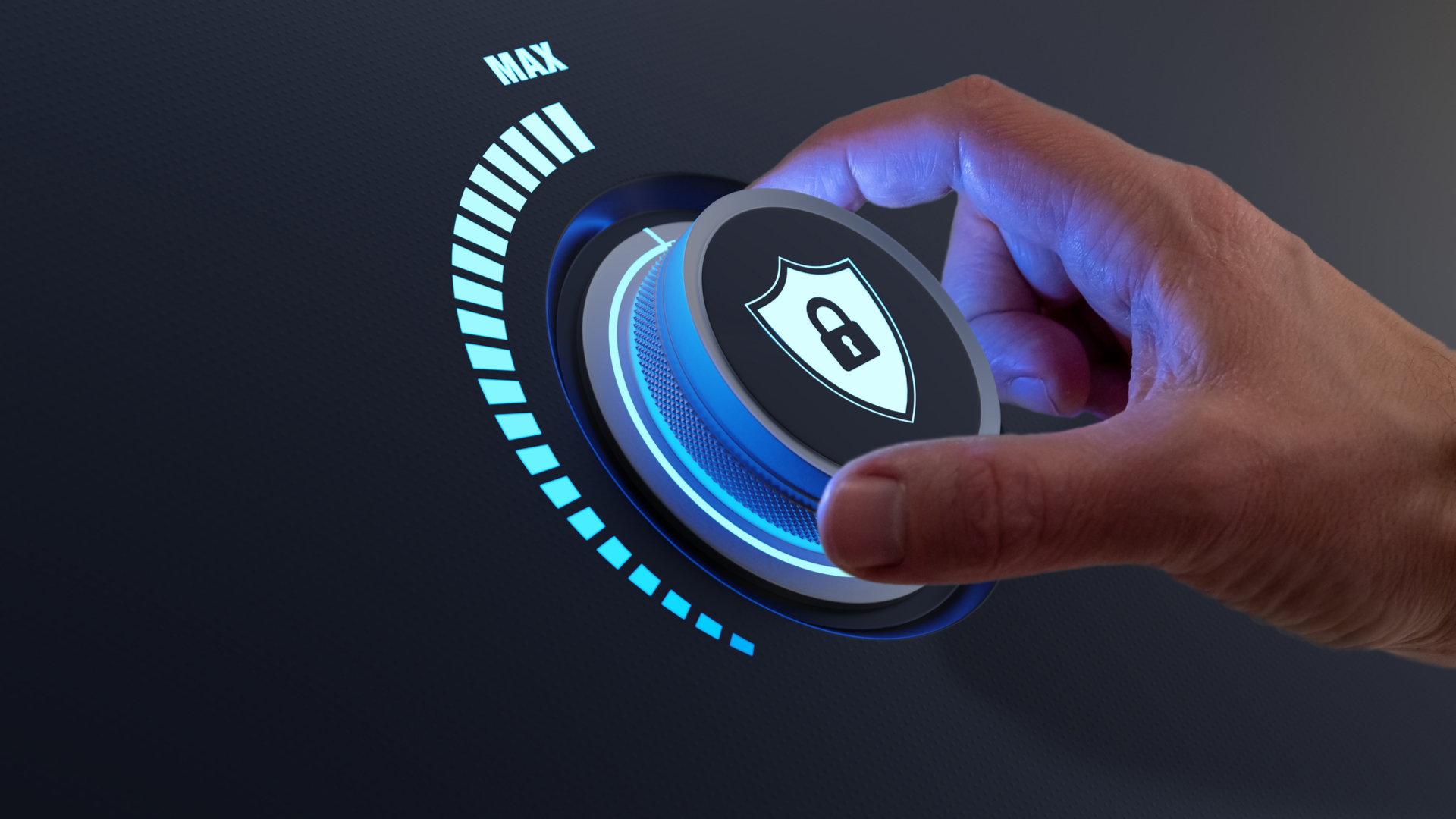The next wave of security innovation with IoT
IoT holds no bounds for innovation - why hasn't it accelerated?

A decade ago, Ericsson predicted we would have 50 billion Internet-Connected Things (IoT) by 2020. However, fast forward to today and reality has fallen far short of that optimism.
Steve Knibbs is Head of Vodafone Business Security Enhanced.
As with any forecast, you don’t always get the full story. In reality, IoT remains one of the most interesting technologies available to businesses who want, and need, to thrive in today’s digital community. From gaining greater insight into operations to streamlining processes, through to new revenue opportunities and creating features which drive value for customers – IoT knows no bounds for innovation.
Why then, has it not accelerated in the way technologists predicted?
Innovation Vs security
Perhaps the industry has not made this technology ecosystem as accessible as it could be? Maybe there’s an education gap in understanding the benefits? Or it might be down to the security skepticism that naturally occurs with new innovations.
It’s hard to move past security concerns when in 2020 the number of significant malicious attacks against critical sectors more than doubled year-on-year. Headlines might have focused on multi-national corporations, but it is clear that no-one is safe, irrelevant of size.
The increase in the surfaces exposed to these types of attacks has often been attributed to the introduction of IoT. In turn, this perception has encouraged cybersecurity professionals to shut the door to innovation, believing the reward does not justify the risk.
But it doesn’t have to be this way – IoT needs to play a more significant role when it comes to reinforcing resilience and confidence in secure digital transformations.
Are you a pro? Subscribe to our newsletter
Sign up to the TechRadar Pro newsletter to get all the top news, opinion, features and guidance your business needs to succeed!
This is especially true as businesses look to evolve conversations away from a blanket security strategy to a risk-based model - prioritizing different layers of security across infrastructure, data and devices.
The world has changed
COVID-19 has seen huge acceleration for IoT devices within the workplace. Consumers and businesses are increasingly moving away from products and towards connected, data-driven digital services and experiences. 2020 saw a noticeable shift in the types of business adopting IoT; no longer is it just the realm of innovative early adopters but is now becoming mainstream.
Large enterprises have moved from trying to understand how to deploy IoT to integrating it into their global product lines, in a way that delivers real value to customers, as well as the bottom line. This is reflected in Cisco’s revised predictions now estimating 75 billion connected devices by 2025.
One of the verticals which has seen some of the most rapid increase in adoption is manufacturing, who have increasingly turned to next-generation networks to propel their businesses throughout the pandemic. Recent research revealed a rapid increase in the maturity level of organizations adopting industrial IoT to drive efficiencies and launch new business models.
The same principles can be applied to across the board, from public sector and critical national infrastructure to organizations who deal with hyper-sensitive data. This is especially true as more people work remotely, from disparate locations; productivity is the new digital currency.
Trust in innovation
We know to gain a competitive edge in the zettabyte era, businesses need the confidence to innovate – trust in the technologies around us is the foundational pillar.
But this shouldn’t stop at the security solution – it’s about trust in the very consultancy that leads to the essential acquisition of these solutions. So much is at stake, as cyber-attacks continue to grow exponentially. It’s time to refine, refresh and evolve how we connect security strategies. The importance of an ever-changing cybersecurity strategy should never be undervalued. Cybercriminals are constantly adopting new methods and technologies, therefore cybersecurity professionals should constantly stress test defenses and integrate new ideas.
In turn, this establishes a level of boldness that can only be achieved when we change our cyber mindset to equate to trust, even more so when a risk-orientated approach is taken.
A blanket approach, treating all your assets as even, does not work anymore. The blunt-force tools available to cybercriminals might find a vulnerability. Instead, attributing higher levels of cybersecurity to your more valuable assets works in the same way you protect your home. The front door is locked to keep thieves out, but a safe in the bedroom provides additional peace of mind for the family jewels. This layered approach should be applied to be more strategic and successful with cybersecurity investments.
Caution and cybersecurity go hand in hand – organizations want to know that their business risks are being taken seriously, particularly with technology which is new to them. By working in partnership with experts to constantly evolve security protocols, technologies and processes, it builds defenses that keep data in the hands of those who need it, and away from the hands of those who don’t.
An evolving IoT cybersecurity strategy should be viewed as a protection mechanism, but also an empowerment tool to facilitate growth to move from acute caution to in-built trust.
Commitment to IoT
Unfortunately, we don’t live in a world where anything can be 100% guaranteed. Security is no exception. Businesses should have an evolving cybersecurity strategy which looks to incorporate IoT instead of reduce adoption in fear of what could be.
Commitment to ongoing support and continual communication is important as many enter this new territory. To truly drive IoT adoption in a secure way is a shared commitment.
Building trust won’t happen overnight. However not starting the digital journey will result in losing a competitive edge and open-up bigger vulnerabilities in future proofing the businesses of tomorrow. Is that a risk we’re willing to take?
Steve Knibbs is Head of Vodafone Business Security Enhanced.